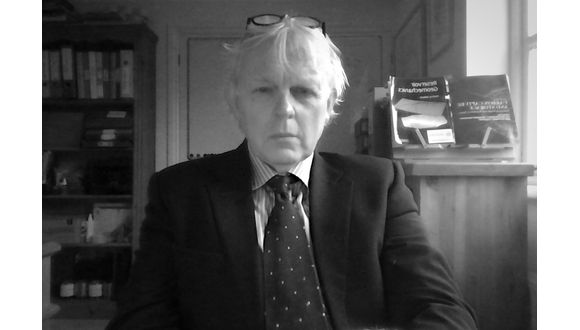Wed, 30 March, 2022
Kevin J. Mallin, the director of Geolorn is due to speak at Research for Impact 2022. Here he presents a blog article detailing the journey taken by the Geo-Drill project consortium over the past three years, including overcoming the challenges of working during the COVID-19 pandemic…

As the Geo-Drill consortium gathered together in TWI’s headquarters in Cambridge to start the Geo-Drill journey together, who would or could have predicted that some three years later, we would have been through a global pandemic lasting two years and a war in Europe that today is still causing untold heartbreak and hardships to so many innocent people.
When we look back, it is remarkable to see what has been achieved in such difficult circumstances, by everyone that makes up the team.
Laboratories closed, offices closed, travel prevented. Highly technical discussions over the internet, no face-to-face meetings, no scribbling and sketching on whiteboards, no chat over a drink. Challenges that were never foreseen or factored into the planning, GANTT Charts continually amended.
Yet here we are today, with some very promising results from testing at TWI, University of Iceland, Graphenea, CEA, RINA and Fraunhofer IEG. Some incredible sensor developments from PVI, modelling from Flowphys and TVS, somehow all pulling together in isolation, yet united in a common goal of reducing the cost of geothermal drilling.
With industrial partners Iceland Drilling and Geolorn, helping to make the project ready for exploitation in the near future.
The novel fluid hammer, being developed is performing as predicted and the new coating technologies are being put through their paces, to down select the ones that enhance the overall life of the components and hammer bits.
Some leftfield thinking has brought about a remarkable connection system that allows the passing of data from drill pipe to drill pipe in real time, that will lead to better drilling decisions, by reducing uncertainties when drilling at depth.
State-of-the-art flow modelling, has allowed the consortium to see fluid flows, within the drill string and in the annulus, in a new way, helping all to understand where things need to change and the strengths and weaknesses of the holistic drill string, that is the Geo-Drill system.
What really brought home how difficult things had been without actual meetings was when RINA, PVI and Geolorn met together in Swindon in February this year, our first non-virtual meeting for over 15 months. A technical issue that remained unresolved was fixed in an hour, just by being together and instantly seeing what needed to be done.
We will have our many times postponed bi-annual meeting in April, again in Cambridge as we enter into the home straight, the finish within our sights.
We can only thank everyone for their tenacity and perseverance and for the EU’s continued support and understanding of what has happened over the past two years.
I, for one, have had the most amazing journey, with the most amazing people and I am now ready to share all pf the hard work that has been done and make geothermal well drilling cheaper and help geothermal be the renewable energy source that reduces carbon and removes the global risks that energy systems find themselves hostage to.
- Kevin J. Mallin, Director, Geolorn Ltd